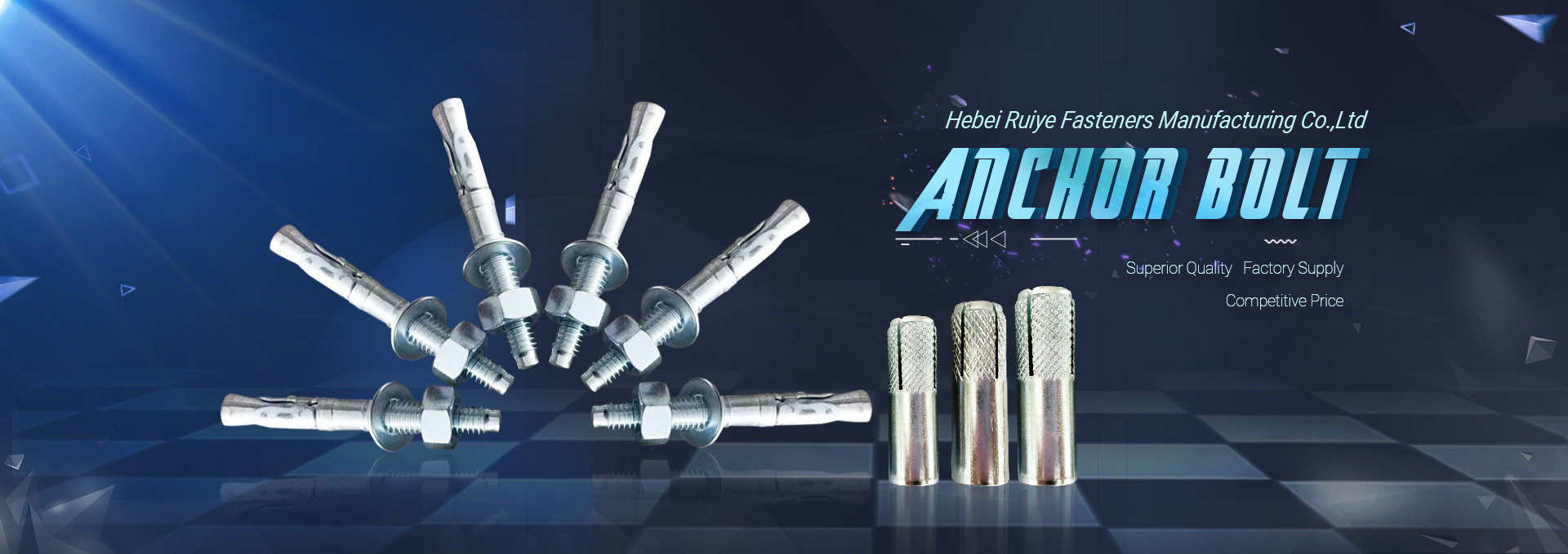PA: Polyamide, commonly known as nylon, refers to plastic made of polyamide resin. This type of resin can be prepared by polycondensation of diamine and dibasic acid, or by ring-opening polymerization of lactam formed after amino acid dehydration. Unlike PS, PE, PP, etc., PA does not gradually increase with the increase of heating temperature. Softening, but softening in a narrow temperature range close to the melting point, the melting point is obvious, the melting point: 215-225°C. Flow occurs as soon as the temperature is reached.
There are many varieties of PA, mainly PA6, PA66, PA610, PA11, PA12, PA1010, PA612, PA46, PA6T, PA9T, MXD-6 aromatic amides, etc. PA6, PA66, PA610, PA11, PA12 are the most commonly used.
Nylon type Engineering plastics appear as keratinous, tough, shiny surface, white (or milky white) or yellowish, transparent or translucent crystalline resin in appearance, and it is easy to be colored into any color.
PC: Polycarbonate, PC material is actually one of the engineering plastics we call. As a material widely used worldwide, PC has its own characteristics, advantages and disadvantages, and PC is a kind of amorphous with excellent comprehensive performance. Type thermoplastic resin, with excellent electrical insulation, extensibility, dimensional stability and chemical resistance, high strength, heat resistance and cold resistance; also has the advantages of self-extinguishing, flame retardant, non-toxic, colorable, etc. , You can see the shadow of PC plastic in every corner of your life, and the large-scale industrial production and easy processing characteristics also make the price extremely low.
PP: Polypropylene, PP's comprehensive performance is better than PE material. PP products have light weight, good toughness and good chemical resistance. Disadvantages of PP: low dimensional accuracy, insufficient rigidity, poor weather resistance, it has post-shrinkage phenomenon, after demolding, it is easy to age, become brittle, and easy to deform. In daily life, the commonly used fresh-keeping box is made of PP material. It is a linear polymer with high density, no side chains and high crystallinity, with excellent comprehensive properties. Common products: basins, barrels, furniture, films, woven bags, bottle caps, car bumpers, etc.
PE: polyethylene is a thermoplastic resin made by polymerizing ethylene. In industry, it also includes copolymers of ethylene and a small amount of α-olefins. Polyethylene is odorless, non-toxic, feels like wax, has excellent low temperature resistance, good chemical stability, and can withstand most acids and alkalis. It is insoluble in general solvents at room temperature, has low water absorption and excellent electrical insulation. Most of them are colorless or light-colored products. Of course, because of their good resistance to environmental aging, the artificial turf on the sports field is mostly made of polyethylene. The simplest method of identification is to use a gas flame (such as a lighter) to ignite a small sample. The sample will continue to burn, smoke, and has the smell of burning candles. Scratch it with your fingernail. The one with scratches is low-density polyethylene (LDPE), otherwise it is high-density polyethylene (HDPE).
PVC: Polyvinyl chloride polymer, PVC is a white powder with an amorphous structure with a small degree of branching. There is no fixed melting point. It starts to soften at 80~85℃, becomes viscoelastic at 130℃, and becomes viscous at 160~180℃; it has good mechanical properties, tensile strength is about 60MPa, and impact strength is 5~10kJ/m2 ; Has excellent dielectric properties. However, the stability to light and heat is poor. It will decompose to produce hydrogen chloride above 100°C or after long-term sunlight exposure, which will further autocatalyze the decomposition, cause discoloration, and rapidly decrease physical and mechanical properties. It must be stabilized in practical applications. Agent to improve the stability to heat and light.
The natural color is yellowish translucent and shiny. Common products: plates, pipes, shoe soles, toys, doors and windows, wire sheaths, stationery, packaging boxes, etc.
ABS: Acrylonitrile Butadiene Styrene, is a graft copolymer of three monomers of acrylonitrile-butadiene-styrene (plastic). Its molecular formula can be written as (C8H8·C4H6·C3H3N)x, but in fact it is often a mixture of butadiene-containing graft copolymers and acrylonitrile-styrene copolymers, of which acrylonitrile accounts for 15%~35% , Butadiene accounts for 5%~30%, styrene accounts for 40%~60%, the most common ratio of emulsion ABS is A:B:S=22:17:61, while the proportion of B in bulk ABS is often higher Low, about 13%. The molding temperature of ABS plastic is 180-250°C, but it is best not to exceed 240°C, as the resin will decompose. Uses: auto parts (instrument panels, tool hatches, wheel covers, mirror boxes, etc.), radio shells, telephone handles, high-strength tools (vacuum cleaners, hair dryers, blenders, lawn mowers, etc.), typewriter keyboards, Recreational vehicles such as golf carts and jet sleds.
Post time: Oct-13-2021

